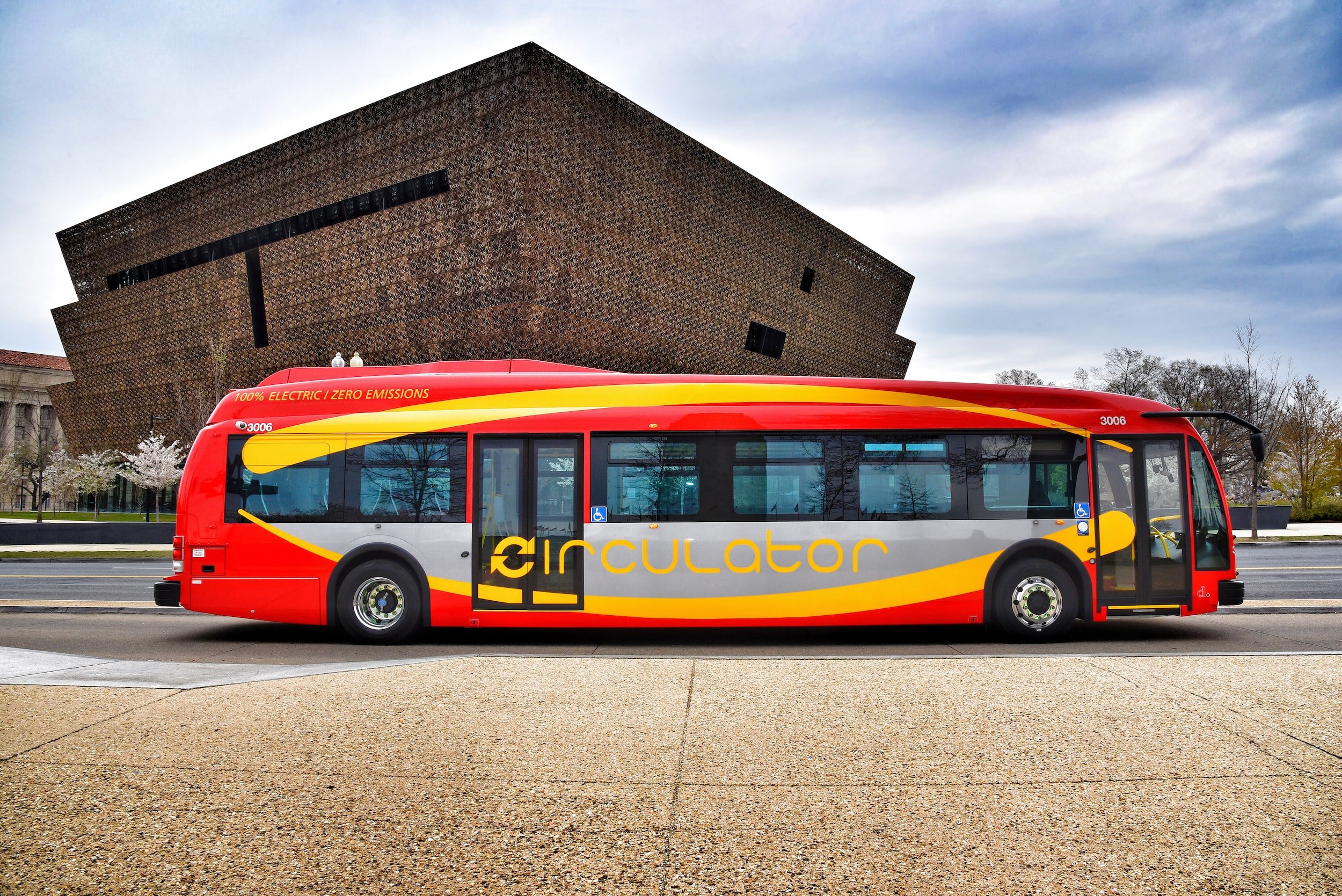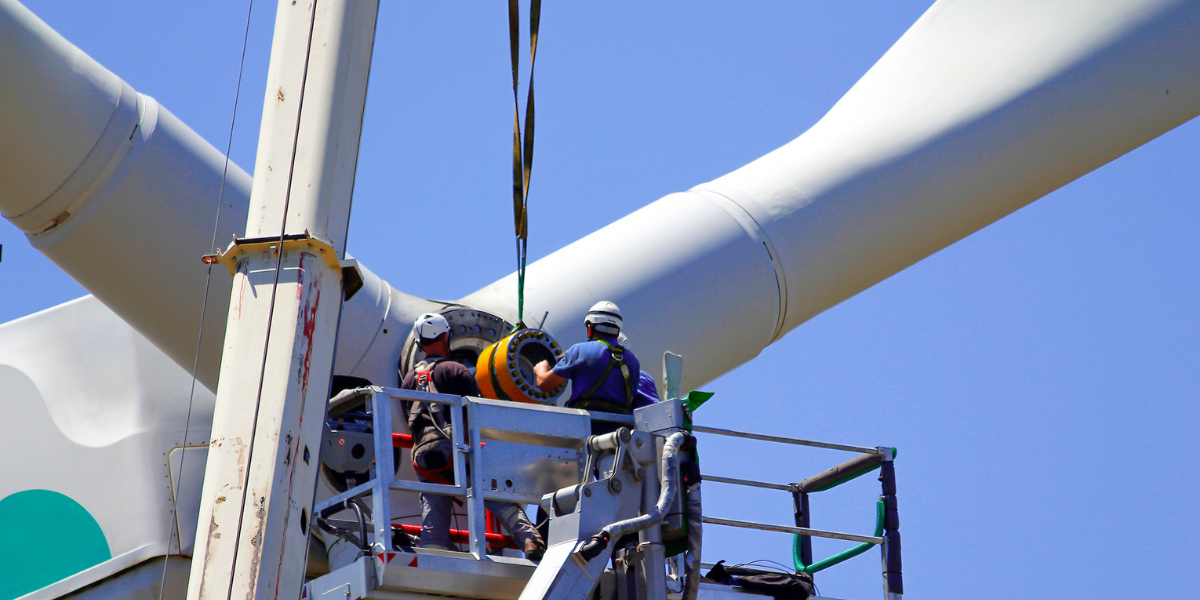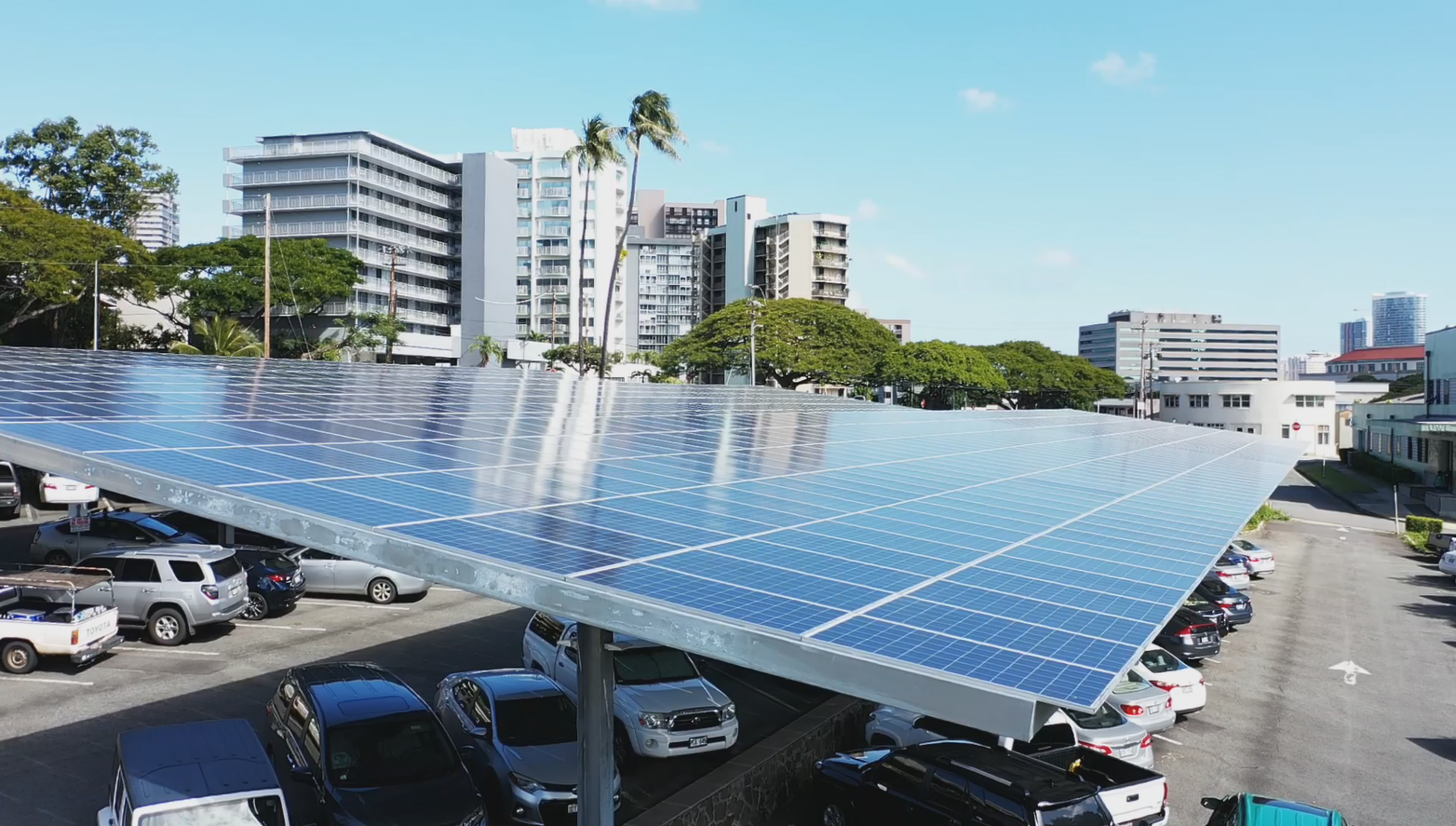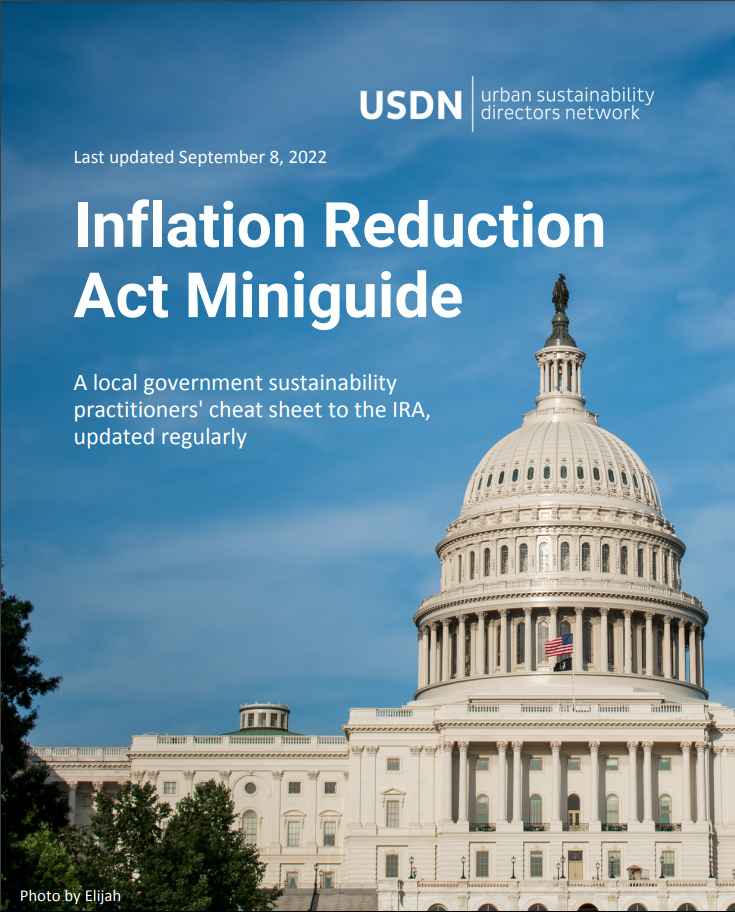
Inflation Reduction Act
For Nonprofit and Government Organizations
Grants, Loans and Technical Assistance
-
Environmental and Climate Justice Block Grants
Description: Grants and technical assistance to invest in community-led projects in disadvantaged communities that work to reduce pollution and climate threats. Newly named the “Environmental and Climate Justice (ECJ) program”.
Amount: $3 billion
Funding Source: The Environmental Protection Agency (EPA)
Eligible entities: Community based nonprofit OR a partnership between a community based nonprofit and a local government or institution of higher education
Resources:
-
Greenhouse Gas Reduction Fund
Description: To provide grants, loans and other financial or technical assistance to support greenhouse gas reduction activities and zero emission technologies. This program is also known as the “green bank” provision.
Amount: $27 billion in total
National Clean Investment Fund
$14 billion to enable families, small businesses, communities and many others to access the capital they need to install cost-saving and air pollution reducing clean technology projects—with at least 40% of capital flowing into low-income and disadvantaged communities.
Clean Communities Investment Accelerator
$6 billion to finance clean technology projects in low-income and disadvantaged communities, with 100% of funds dedicated to these communities.
$7 billion to expand the number of low-income and disadvantaged communities primed for residential solar investment—enabling millions of low-income households to access affordable, resilient, and clean solar energy
Eligible entities: States, local governments, and nonprofit financing entities
Funding Source: The Environmental Protection Agency (EPA)
Resources:
GHG Reduction Fund - EPA
Initial program design - EPA
-

Climate Pollution Reduction Grants
Description: For the planning or implementation of initiatives that reduce greenhouse gas emissions in low-income and disadvantaged communities.
Amount: $5 billion
$250 million for noncompetitive planning grants
$4.6 billion for competitive implementation grants
Funding Source: The Environmental Protection Agency (EPA)
Eligible entities: States and local governments
-

State and Private Forestry Conservation Programs
Description: Multi-year, programmatic, competitive grants to support the Urban and Community Forestry Assistance program to promote tree planting and other related activities
Amount: $1.5 billion
Eligible entities: States, local governments, and nonprofit organizations
Funding Source: The U.S Department of Agriculture (USDA)
Resources:
Notice of Funding Opportunity, with applications due June 1st, 2023
-

Green and Resilient Retrofit Program (GRRP)
Description: Grants and loans for affordable housing properties to improve energy or water efficiency, indoor air quality, address climate resilience, or install low or zero emission energy technologies, including energy storage
Amount: $1 billion
Eligible entities: Owners of Section 202, Section 811, Section 8(b), or Section 236 housing
Funding Source: Department of Housing and Urban Development (HUD)
-
Clean Heavy Duty Vehicles Programs
Description: Grants and rebates for the purchase of zero-emission heavy-duty vehicles and installing the infrastructure to charge and fuel the vehicles
Amount: $1 billion
Eligible entities: States and local governments
Funding Source: The Environmental Protection Agency (EPA)
Resources:
-
Air Pollution Monitoring and Screening Grants
Description: Competitive grants to install and maintain air quality monitoring equipment
Amount: $280 million
Eligible entities: States and local governments
Funding Source: The Environmental Protection Agency (EPA)
-

Grants to Reduce Air Pollution at Ports
Description: Competitive grants to plan for, purchase and install zero-emission equipment at ports or to develop port climate action plans
Amount: $3 billion
Eligible entities: States, local governments, port authorities, clean air agencies and private entities that conduct operations at a port
Funding Source: The Environmental Protection Agency (EPA)
-

State-Based Home Energy Efficiency Contractor Training Grants
Description: Grants to provide financial assistance to states to develop and implement programs to train and educate contractors on installation of home energy efficiency and electrification improvements
Amount: $200 million
Eligible entities: States
Funding Source: Hawai’i State Energy Office
Resources:
Tax Credits and Incentives
Direct-pay:
Under section 6417 of the IRA, tax exempt entities are eligible to take advantage of clean energy tax incentives through a “direct payment” in lieu of a tax credit.
This opens the door for local governments, nonprofits, and other tax-exempt entities to access the incentives needed to meet their clean energy goals.
Please visit the IRA News section of our website for resources.
Apprenticeship and prevailing wage requirements:
For a number of tax incentives, the IRA requires beneficiaries meet certain apprenticeship and prevailing wage requirements in order to access the full credit amount. Tax credits below marked with a “ * ” contain these requirements.
-

§48 Energy Investment Tax Credit (ITC)*
Description: A credit for renewable energy property like solar, wind, hydropower, and battery storage
Amount: 30% tax credit
10% bonus credit for solar and wind facilities located in low income communities
20% bonus credit for solar and wind facilities that are part of a qualified low-income residential building project
Resources:
-

§45 Renewable Electricity Production Tax Credit (PTC)*
Description: A credit for the production of renewable energy
Amount: Up to 1.5 cents per kilowatt-hour of energy produced
Resources:
-

§45W Qualified Commercial Clean Vehicles
Description: A tax credit for qualified commercial clean vehicles
Amount: 30% tax credit up to $7,500 for vehicles weighing less than 14,000 pounds, and up to $40,000 for vehicles weighing more than 14,000 pounds
Resources:
-

§30C Alternative Fuel Refueling Property Credit
Description: A tax credit for electric vehicle charging infrastructure in low income or rural census tracts
Amount: 30% tax credit up to $100,000 per station for commercial property and up to $1,000 per station for residential property
Resources:
-

§45Q Carbon Oxide Sequestration Credit*
Description: A credit for the deployment of carbon capture, utilization and storage
Amount: Up to $85 per ton of carbon dioxide permanently stored and up to $60 per ton of carbon dioxide used for enhanced oil recover or other industrial uses of carbon dioxide
Resources:
-

§45U Zero-Emission Nuclear Power Production Credit*
Description: A credit for the production of zero-emission nuclear power
Amount: Up to 1.5 cents per kilowatt-hour
Resources:
-

§45V Clean Hydrogen Production Credit*
Description: A credit for the production of clean hydrogen at a qualified facility
Amount: Up to $3.00 per kilogram of clean hydrogen produced, depending on the lifecycle greenhouse gas emissions rate achieved
-

§45Z Clean Fuel Production Credit*
Description: A credit for domestic clean fuel production
Amount: Up to $1.00 per gallon of non-aviation fuel and up to $1.75 per gallon of aviation fuel
-

§45X Advanced Manufacturing Production Credit
Description: A credit for the domestic production and sale of qualifying solar, wind and battery storage components
Amount: Credit amount varies depending on the applicable component
-

§48C Advanced Energy Project Credit*
Description: A credit for investments in projects that reequip, expand or establish certain energy manufacturing facilities
Amount: 30% tax credit
-

§179D Energy Efficient Commercial Buildings Deduction
Description: A deduction for energy efficient retrofits in existing commercial buildings that exceed certain performance standards. Tax exempt entities can pass credits through to the designer or developer of the property
Amount: $2.50 per square foot, increasing by $0.10 square foot for each additional percent reduction in Energy Use Intensity (EUI) up to a maximum of $5 per square foot
Resources:
-

§48E Clean Electricity Investment Credit
Description: Technology-neutral tax credit for investment in facilities that generate clean electricity and qualified energy storage technologies.
Amount: 6% of qualified investment (basis); 30% if PWA requirements met
Resources:
-

§45Y Clean Electricity Production Credit
Description: Provides a technology-neutral tax credit for production of clean electricity.
Amount: $0.03 cents/kW
Resources:
Key Resources
-
Learn more about how tax-exempt entities can take advantage of clean energy tax credits through direct pay, by Norton Rose Fullbright
-
Check out how local governments can plan to maximize the drawdown of IRA funds into their communities, by C40 Cities
-
Read through this IRA cheat sheet for local government practitioners, by USDN
Please note, the Inflation Reduction Act is new and information is constantly evolving. This page will be continuously updated as more information is released.







